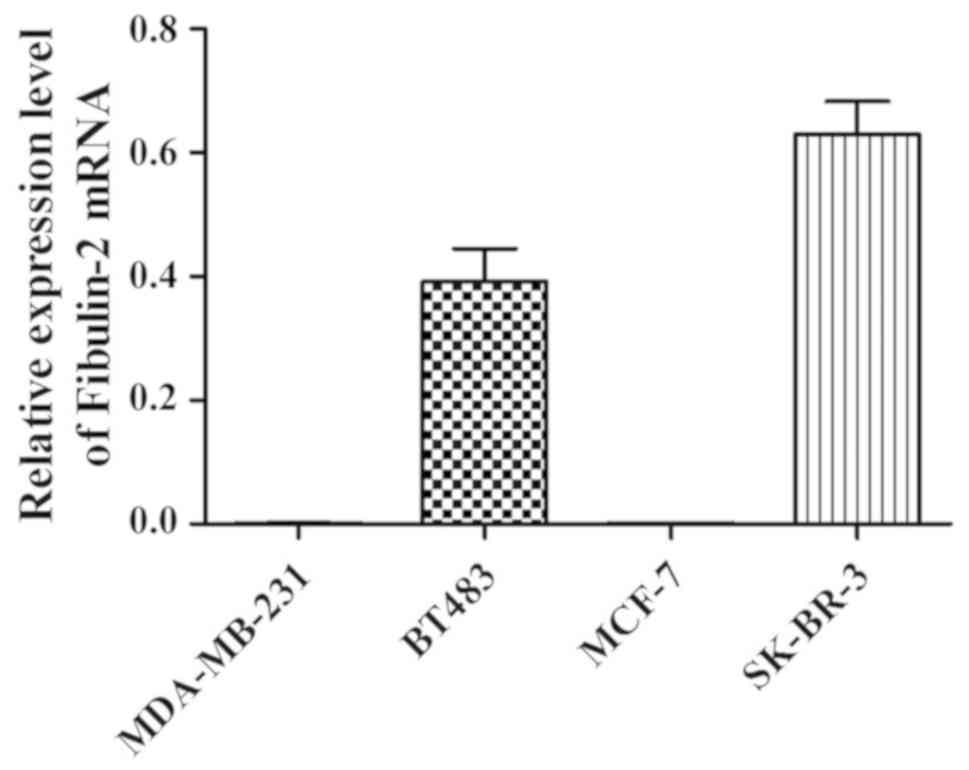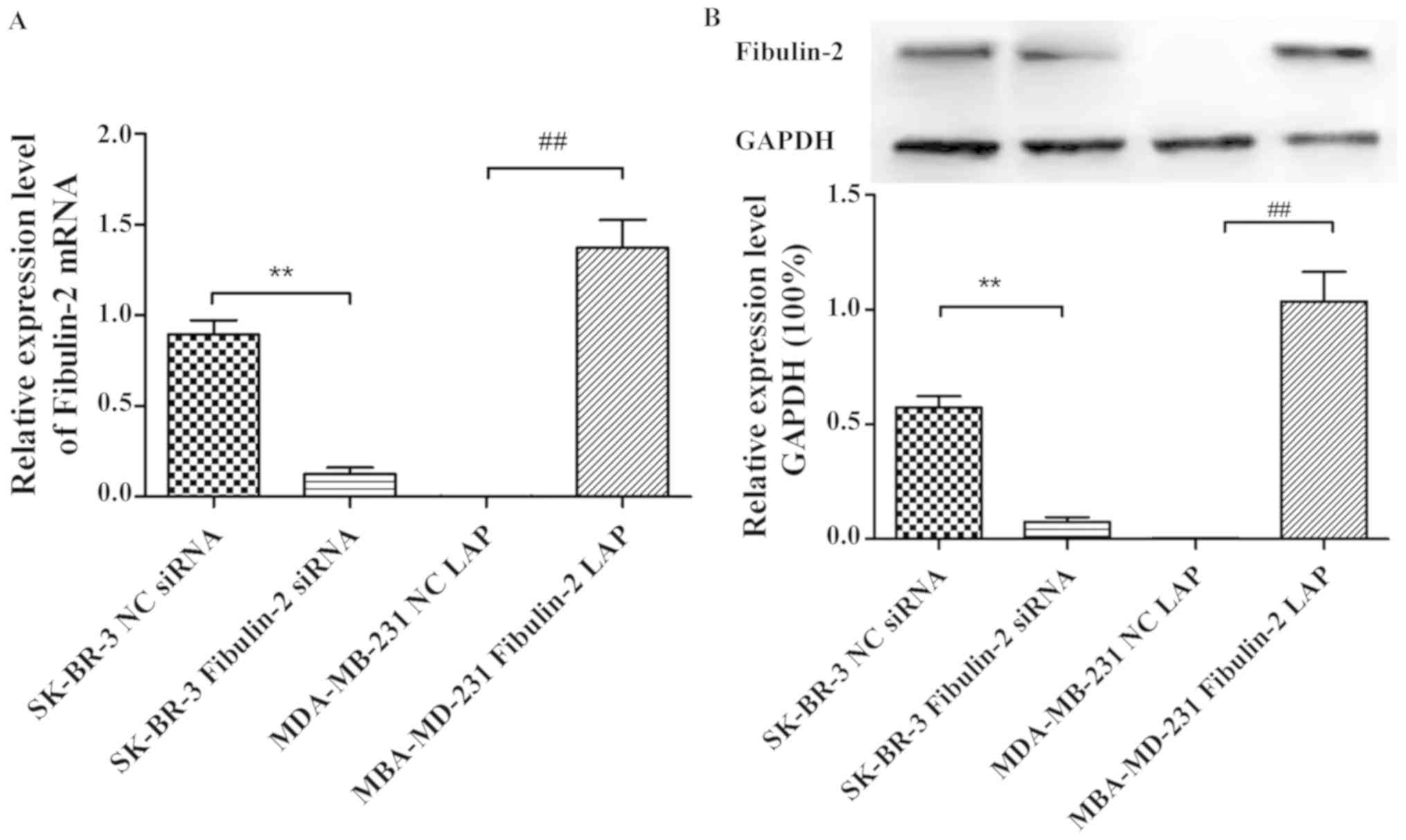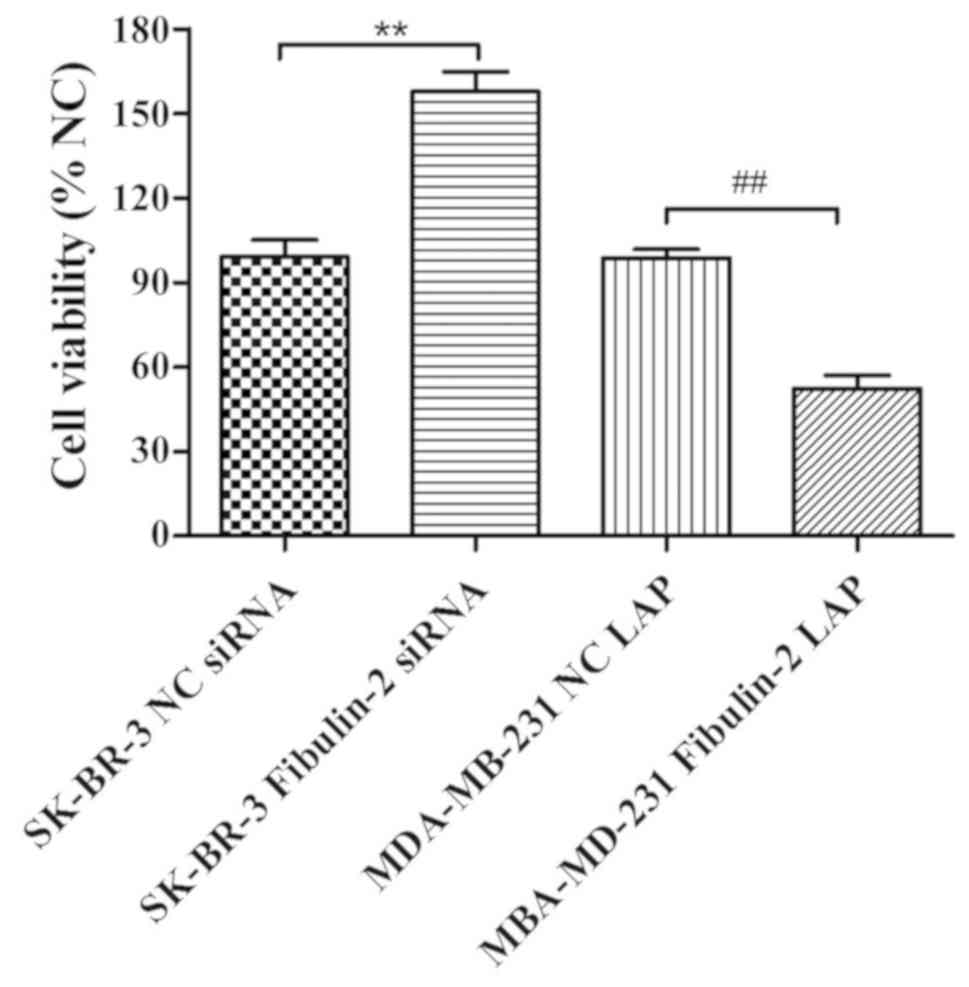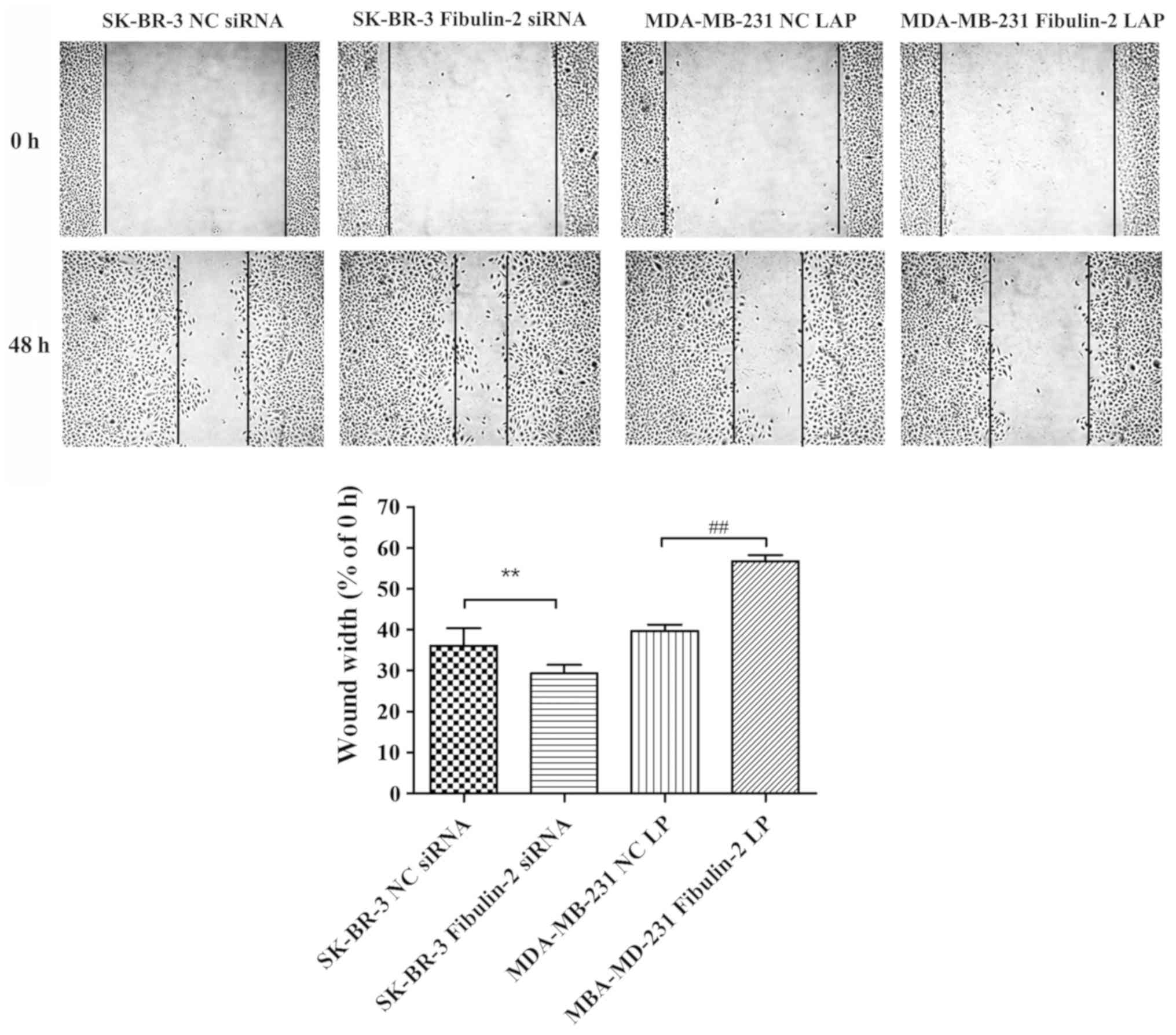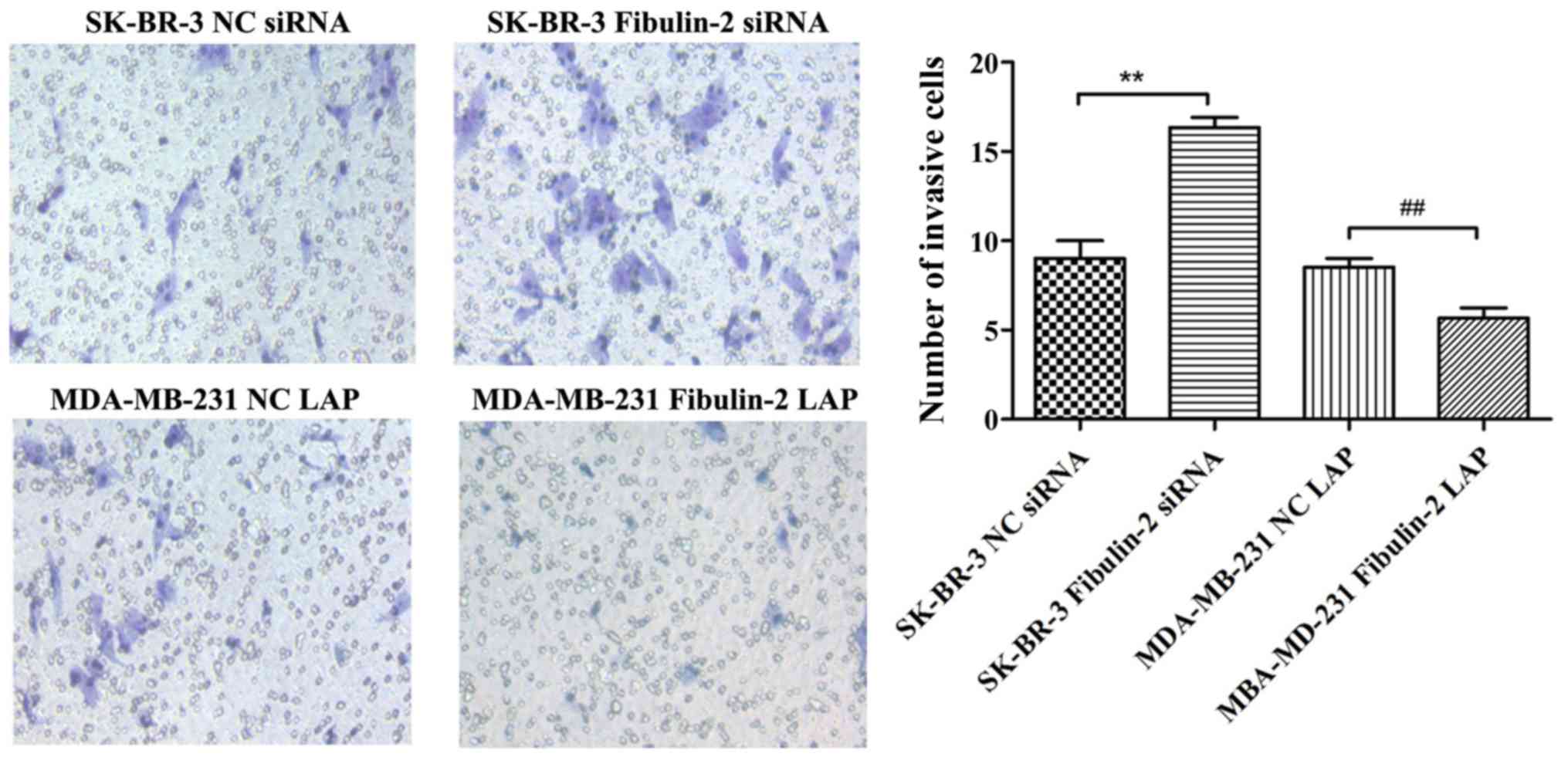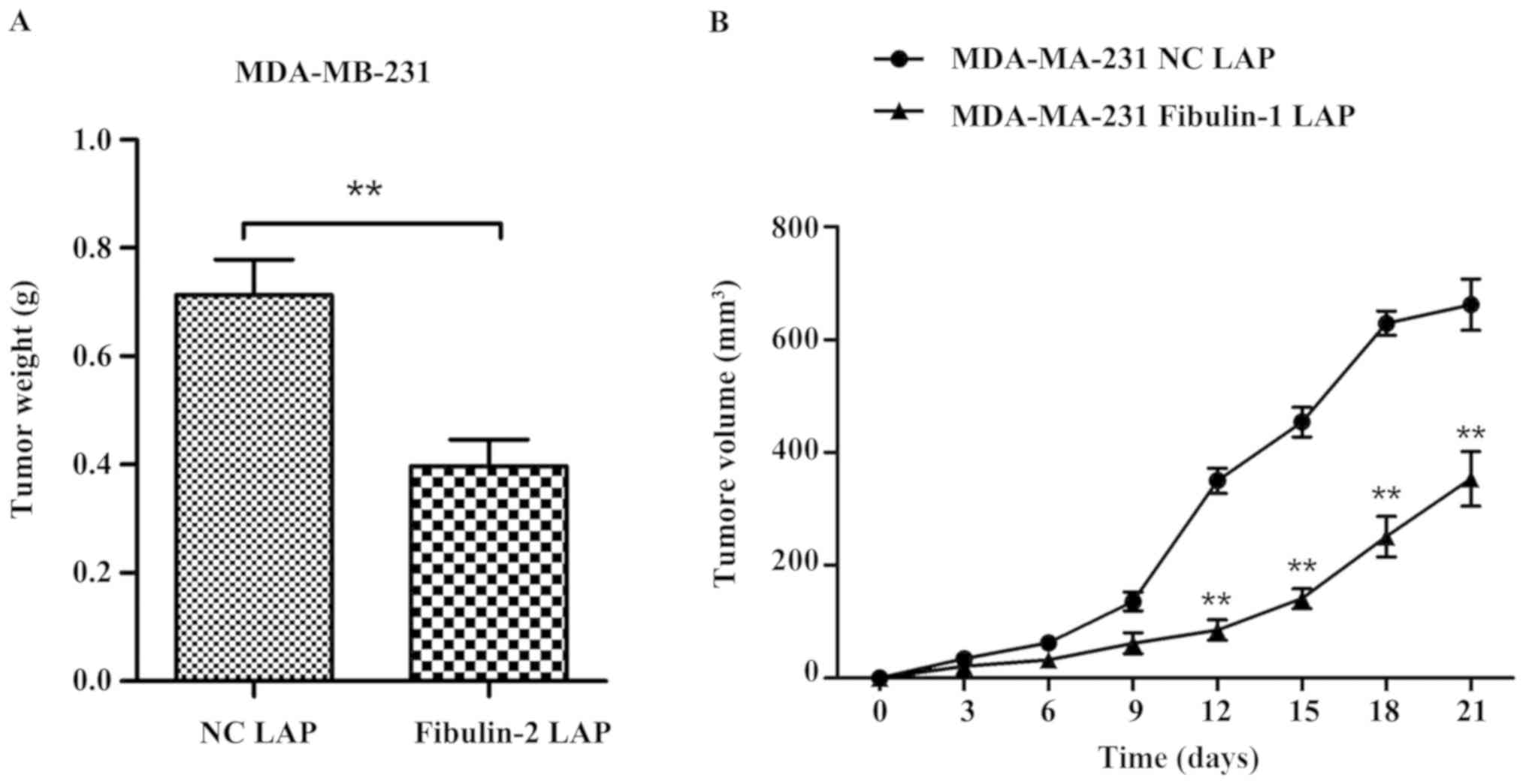|
1
|
Ducros E, Berthaut A, Mirshahi P,
Lemarchand S, Soria J, Legeais JM and Mirshahi M: Expression of
extracellular matrix proteins fibulin-1 and fibulin-2 by human
corneal fibroblasts. Curr Eye Res. 32:481–490. 2007. View Article : Google Scholar : PubMed/NCBI
|
|
2
|
Wight TN: The extracellular matrix and
atherosclerosis. Curr Opin Lipidol. 6:326–334. 1995. View Article : Google Scholar : PubMed/NCBI
|
|
3
|
Serra N, Rosales R, Masana L and Vallvé
JC: Simvastatin increases fibulin-2 expression in human coronary
artery smooth muscle cells via RhoA/Rho-kinase signaling pathway
inhibition. PLoS One. 10:e01338752015. View Article : Google Scholar : PubMed/NCBI
|
|
4
|
Aspberg A, Adam S, Kostka G, Timpl R and
Heinegård D: Fibulin-1 is a ligand for the C-type lectin domains of
aggrecan and versican. J Biol Chem. 274:20444–20449. 1999.
View Article : Google Scholar : PubMed/NCBI
|
|
5
|
Olin AI, Mörgelin M, Sasaki T, Timpl R,
Heinegård D and Aspberg A: The proteoglycans aggrecan and Versican
form networks with fibulin-2 through their lectin domain binding. J
Biol Chem. 276:1253–1261. 2001. View Article : Google Scholar : PubMed/NCBI
|
|
6
|
Kwan ML, Kushi LH, Weltzien E, Maring B,
Kutner SE, Fulton RS, Lee MM, Ambrosone CB and Caan BJ:
Epidemiology of breast cancer subtypes in two prospective cohort
studies of breast cancer survivors. Breast Cancer Res. 11:R312009.
View Article : Google Scholar : PubMed/NCBI
|
|
7
|
Siegel R, Naishadham D and Jemal A: Cancer
statistics, 2013. CA Cancer J Clin. 63:11–30. 2013. View Article : Google Scholar : PubMed/NCBI
|
|
8
|
Chen WQ, Zeng HM, Zheng RS, Zhang SW and
He J: Cancer incidence and mortality in China, 2007. Chin J Cancer
Res. 24:1–8. 2012. View Article : Google Scholar : PubMed/NCBI
|
|
9
|
Werb Z: ECM and cell surface proteolysis:
Regulating cellular ecology. Cell. 91:439–442. 1997. View Article : Google Scholar : PubMed/NCBI
|
|
10
|
Wu TS and Hammond GL: Naturally occurring
mutants inform SHBG structure and function. Mol Endocrinol.
28:1026–1038. 2014. View Article : Google Scholar : PubMed/NCBI
|
|
11
|
Shamay M, Barak O and Shaul Y: HBXAP, a
novel PHD-finger protein, possesses transcription repression
activity. Genomics. 79:523–529. 2002. View Article : Google Scholar : PubMed/NCBI
|
|
12
|
Whiteaker JR, Zhang H, Zhao L, Wang P,
Kelly-Spratt KS, Ivey RG, Piening BD, Feng LC, Kasarda E, Gurley
KE, et al: Integrated pipeline for mass spectrometry-based
discovery and confirmation of biomarkers demonstrated in a mouse
model of breast cancer. J Proteome Res. 6:3962–3975. 2007.
View Article : Google Scholar : PubMed/NCBI
|
|
13
|
Hill VK, Hesson LB, Dansranjavin T, Dallol
A, Bieche I, Vacher S, Tommasi S, Dobbins T, Gentle D, Euhus D, et
al: Identification of 5 novel genes methylated in breast and other
epithelial cancers. Mol Cancer. 9:512010. View Article : Google Scholar : PubMed/NCBI
|
|
14
|
Fontanil T, Rúa S, Llamazares M,
Moncada-Pazos A, Quirós PM, García-Suárez O, Vega JA, Sasaki T,
Mohamedi Y, Esteban MM, et al: Interaction between the ADAMTS-12
metalloprotease and fibulin-2 induces tumor-suppressive effects in
breast cancer cells. Oncotarget. 5:1253–1264. 2014. View Article : Google Scholar : PubMed/NCBI
|
|
15
|
Tian H, Liu J, Chen J, Gatza ML and Blobe
GC: Fibulin-3 is a novel TGF-β pathway inhibitor in the breast
cancer microenvironment. Oncogene. 34:5635–5647. 2015. View Article : Google Scholar : PubMed/NCBI
|
|
16
|
Chan SW, Lim CJ, Guo K, Ng CP, Lee I,
Hunziker W, Zeng Q and Hong W: A role for TAZ in migration,
invasion, and tumorigenesis of breast cancer cells. Cancer Res.
68:2592–2598. 2008. View Article : Google Scholar : PubMed/NCBI
|
|
17
|
Ibrahim AM, Sabet S, El-Ghor AA, Kamel N,
Anis SE, Morris JS and Stein T: Fibulin-2 is required for basement
membrane integrity of mammary epithelium. Sci Rep. 8:141392018.
View Article : Google Scholar : PubMed/NCBI
|
|
18
|
Tan H, Zhang J, Fu D and Zhu Y: Loss of
fibulin-2 expression is involved in the inhibition of breast cancer
invasion and forms a new barrier in addition to the basement
membrane. Oncol Lett. 14:2663–2668. 2017. View Article : Google Scholar : PubMed/NCBI
|
|
19
|
Fontanil T, Álvarez-Teijeiro S, Villaronga
MÁ, Mohamedi Y, Solares L, Moncada-Pazos A, Vega JA, García-Suárez
O, Pérez-Basterrechea M, García-Pedrero JM, et al: Cleavage of
Fibulin-2 by the aggrecanases ADAMTS-4 and ADAMTS-5 contributes to
the tumorigenic potential of breast cancer cells. Oncotarget.
8:13716–13729. 2017. View Article : Google Scholar : PubMed/NCBI
|
|
20
|
Dunwell TL, Hesson LB, Pavlova T,
Zabarovska V, Kashuba V, Catchpoole D, Chiaramonte R, Brini AT,
Griffiths M, Maher ER, et al: Epigenetic analysis of childhood
acute lymphoblastic leukemia. Epigenetics. 4:185–193. 2009.
View Article : Google Scholar : PubMed/NCBI
|
|
21
|
Mesri EA, Cesarman E and Boshoff C:
Kaposi's sarcoma and its associated herpesvirus. Nat Rev Cancer.
10:707–719. 2010. View
Article : Google Scholar : PubMed/NCBI
|
|
22
|
Alcendor DJ, Knobel S, Desai P, Zhu WQ and
Hayward GS: KSHV regulation of fibulin-2 in Kaposi's sarcoma:
Implications for tumorigenesis. Am J Pathol. 179:1443–1454. 2011.
View Article : Google Scholar : PubMed/NCBI
|
|
23
|
Senapati S, Gnanapragassam VS, Moniaux N,
Momi N and Batra SK: Role of MUC4-NIDO domain in the MUC4-mediated
metastasis of pancreatic cancer cells. Oncogene. 31:3346–3356.
2012. View Article : Google Scholar : PubMed/NCBI
|















